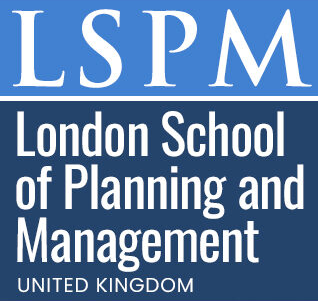Global Certificate Course in Sustainable 3D Printed Wellness Environments
Published on June 23, 2025
About this Podcast
HOST: Welcome to our podcast, today we have a special guest who will be discussing an exciting new course titled "Global Certificate Course in Sustainable 3D Printed Wellness Environments." Can you tell us a bit about it? GUEST: Absolutely! This course is designed to help architects, engineers, designers, and construction professionals learn about additive manufacturing techniques for sustainable construction, using bio-based materials and circular economy principles. HOST: That sounds fascinating. How did you become involved with this field, and what inspired you to teach this course? GUEST: I've always been passionate about sustainability and wellness in design. As 3D printing technology evolved, I saw an opportunity to combine these interests and contribute to shaping the future of eco-friendly, healthy spaces. HOST: Could you share some current trends you're seeing in sustainable 3D printed wellness environments? GUEST: Sure. There's a growing emphasis on using locally sourced, recyclable materials and minimizing waste in the construction process. Additionally, the integration of biophilic design principles to enhance well-being is becoming more popular. HOST: That's really interesting. I can imagine there must be some challenges when it comes to implementing sustainable practices in 3D printed wellness environments. Could you speak to any challenges you've faced or seen in the industry? GUEST: One of the main challenges is the need for more standardization in the field, particularly when it comes to material specifications and regulatory compliance. Additionally, there's a learning curve for professionals to adopt new digital fabrication techniques. HOST: It's great that you're addressing these challenges in your course. As we look to the future, where do you see the industry headed? What advancements or developments excite you most? GUEST: I believe we'll see further advancements in material science, leading to even more sustainable and durable 3D printing materials. There's also potential for increased automation in the construction process, which could lead to more efficient, cost-effective building solutions. HOST: Thank you for sharing your insights with us today. It's clear that this Global Certificate Course in Sustainable 3D Printed Wellness Environments will be a valuable resource for professionals in the industry. GUEST: My pleasure. I'm excited to see how this course can contribute to shaping a more sustainable future for wellness environments.
